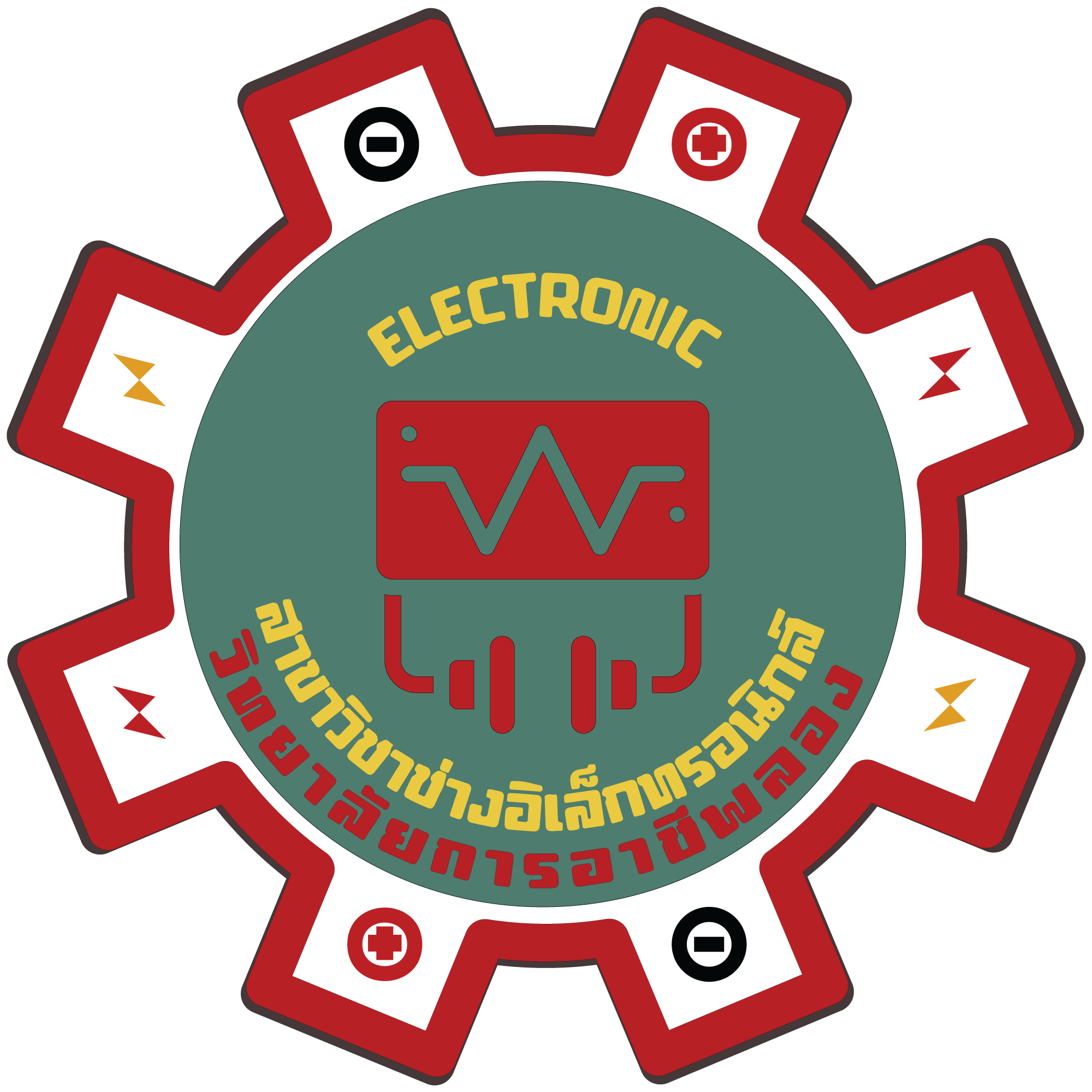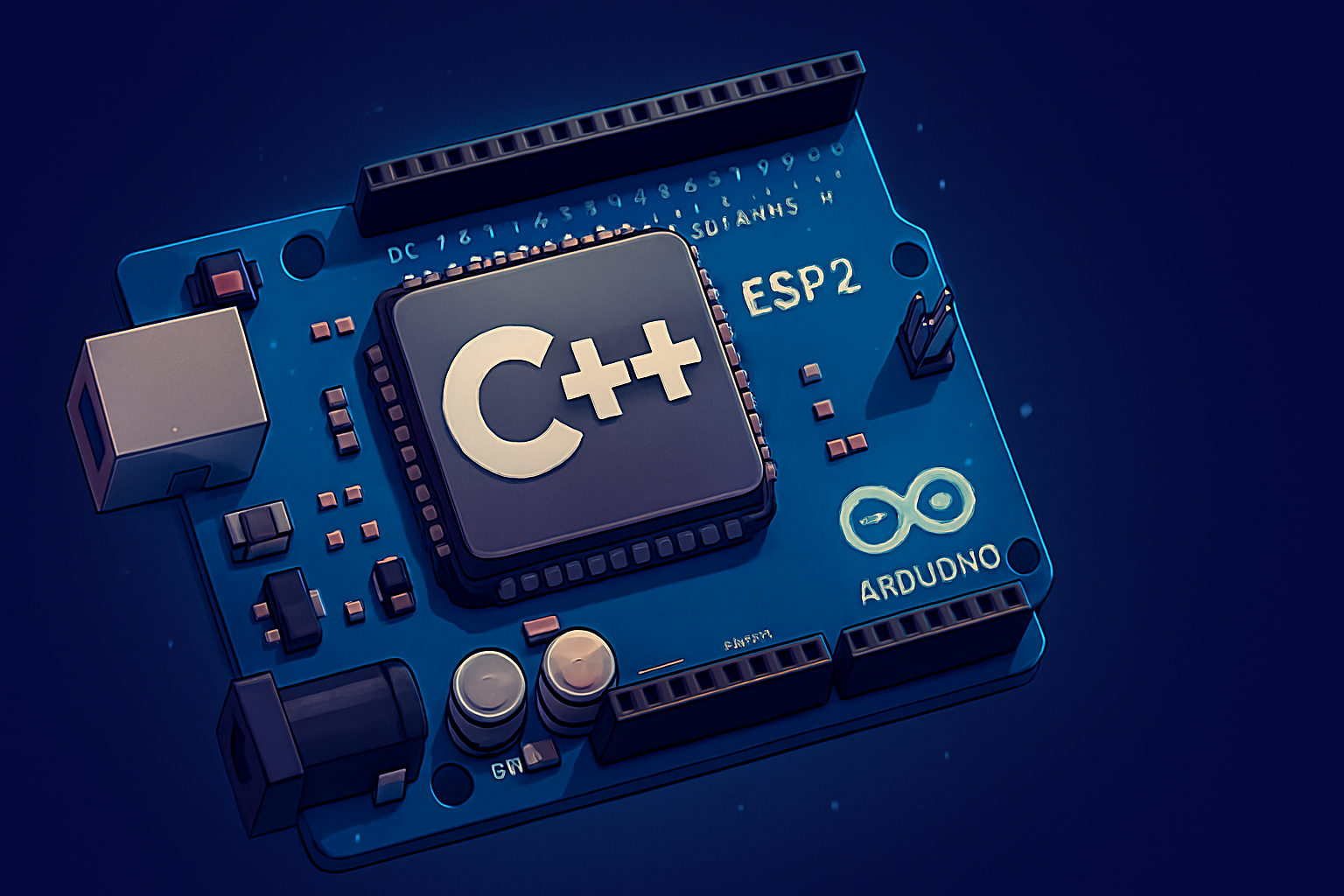🧩 1. ทำความเข้าใจ ESP32 ในฐานะ IoT Device
ESP32 คือ ไมโครคอนโทรลเลอร์ที่มี Wi-Fi และ Bluetooth ในตัว ทำให้สามารถเชื่อมต่อ Network โดยไม่ต้องมีโมดูลเสริมเหมือน Arduino UNO + ESP8266
| ฟังก์ชัน | คำอธิบาย |
|---|---|
| Wi-Fi Station | เชื่อมต่อกับ Router เหมือนมือถือ (โหมด STA) |
| Wi-Fi Access Point | สร้าง Hotspot ให้คนอื่นเชื่อมต่อ (โหมด AP) |
| Wi-Fi STA + AP | โหมดผสม เชื่อมต่อ Wi-Fi พร้อมปล่อย Hotspot |
| HTTP Client / Server | ส่งข้อมูลไปยังเว็บ API หรือเปิดเว็บให้เข้าดูได้ |
| MQTT Client | ใช้สื่อสารกับ IoT Broker แบบ publish / subscribe |
⚙️ 2. เริ่มต้นการเชื่อมต่อ Wi-Fi (Station Mode)
📘 ตัวอย่างโค้ดพื้นฐาน
#include <WiFi.h>
const char* ssid = "LIC-WiFi";
const char* password = "12345678";
void setup() {
Serial.begin(115200);
WiFi.begin(ssid, password);
Serial.print("Connecting");
while (WiFi.status() != WL_CONNECTED) {
delay(500);
Serial.print(".");
}
Serial.println("\nWiFi connected!");
Serial.print("IP Address: ");
Serial.println(WiFi.localIP());
}
void loop() {}
แสดง IP Address ของ ESP32 ที่ได้รับจาก Router สามารถใช้ IP นี้เข้าผ่าน Browser ถ้ามีเว็บ server รันอยู่ในบอร์ด
🔹 3. โหมด Access Point (AP Mode)
📘 ตัวอย่าง:
#include <WiFi.h>
void setup() {
Serial.begin(115200);
WiFi.softAP("ESP32-AP", "12345678");
Serial.print("AP IP: ");
Serial.println(WiFi.softAPIP());
}
void loop() {}
เมื่ออัปโหลดโค้ดนี้ ESP32 จะปล่อยสัญญาณ Wi-Fi ชื่อ ESP32-AP โทรศัพท์สามารถเชื่อมต่อได้ทันที
🔹 4. สร้าง Web Server ภายใน ESP32
📘 โค้ดตัวอย่างง่าย ๆ:
#include <WiFi.h>
#include <WebServer.h>
const char* ssid = "LIC-WiFi";
const char* password = "12345678";
WebServer server(80);
void handleRoot() {
server.send(200, "text/html", "<h1>Hello from ESP32!</h1>");
}
void setup() {
Serial.begin(115200);
WiFi.begin(ssid, password);
while (WiFi.status() != WL_CONNECTED) delay(500);
Serial.println(WiFi.localIP());
server.on("/", handleRoot);
server.begin();
}
void loop() {
server.handleClient();
}
พิมพ์ IP ใน Browser เช่น
http://192.168.1.25จะเห็นหน้าเว็บจาก ESP32
🔹 5. สร้าง Web Server แบบควบคุม LED
📘 ตัวอย่าง:
#include <WiFi.h>
#include <WebServer.h>
const char* ssid = "LIC-WiFi";
const char* password = "12345678";
WebServer server(80);
const int led = 2;
void handleRoot() {
String html = "<h2>LED Control</h2>";
html += "<a href='/on'>Turn ON</a><br>";
html += "<a href='/off'>Turn OFF</a>";
server.send(200, "text/html", html);
}
void handleOn() { digitalWrite(led, HIGH); server.send(200, "text/html", "LED ON"); }
void handleOff() { digitalWrite(led, LOW); server.send(200, "text/html", "LED OFF"); }
void setup() {
pinMode(led, OUTPUT);
Serial.begin(115200);
WiFi.begin(ssid, password);
while (WiFi.status() != WL_CONNECTED) delay(500);
Serial.println(WiFi.localIP());
server.on("/", handleRoot);
server.on("/on", handleOn);
server.on("/off", handleOff);
server.begin();
}
void loop() { server.handleClient(); }
สามารถเปิด/ปิด LED จาก Browser ได้เลย
🔹 6. ESP32 เป็น Web Client (ส่งข้อมูลไปยัง API)
📘 ตัวอย่าง:
#include <WiFi.h>
#include <HTTPClient.h>
const char* ssid = "LIC-WiFi";
const char* password = "12345678";
void setup() {
Serial.begin(115200);
WiFi.begin(ssid, password);
while (WiFi.status() != WL_CONNECTED) delay(500);
HTTPClient http;
http.begin("https://api.thingspeak.com/update?api_key=ABCDEFG123&field1=25.5");
int code = http.GET();
Serial.printf("HTTP Response code: %d\n", code);
http.end();
}
void loop() {}
ส่งข้อมูลอุณหภูมิไปยัง ThingSpeak หรือ API อื่นได้
🔹 7. การใช้ MQTT Protocol (มาตรฐาน IoT)
- ใช้รูปแบบ Publisher / Subscriber
- มีตัวกลางคือ MQTT Broker เช่น
test.mosquitto.org,broker.hivemq.com
📘 ตัวอย่าง:
#include <WiFi.h>
#include <PubSubClient.h>
const char* ssid = "LIC-WiFi";
const char* password = "12345678";
const char* mqtt_server = "broker.hivemq.com";
WiFiClient espClient;
PubSubClient client(espClient);
void setup_wifi() {
WiFi.begin(ssid, password);
while (WiFi.status() != WL_CONNECTED) delay(500);
Serial.println(WiFi.localIP());
}
void callback(char* topic, byte* payload, unsigned int length) {
Serial.print("Message ["); Serial.print(topic); Serial.print("]: ");
for (int i=0;i<length;i++) Serial.print((char)payload[i]);
Serial.println();
}
void reconnect() {
while (!client.connected()) {
if (client.connect("ESP32Client")) {
client.subscribe("lic/led");
} else delay(2000);
}
}
void setup() {
Serial.begin(115200);
setup_wifi();
client.setServer(mqtt_server, 1883);
client.setCallback(callback);
}
void loop() {
if (!client.connected()) reconnect();
client.loop();
client.publish("lic/temp", "28.5"); // ส่งค่าอุณหภูมิ
delay(2000);
}
ใช้ส่งค่าขึ้น Dashboard หรือ Node-RED ได้เลย
🔹 8. การเชื่อมต่อกับ Blynk (แอป IoT ยอดนิยม)
- ใช้ไลบรารี Blynk สำหรับ ESP32
- สร้าง Project ใน แอป Blynk แล้วรับ Auth Token
- ใช้โค้ดเชื่อมต่อผ่าน Wi-Fi และส่งค่าจาก Sensor ไปแสดงใน มือถือ
📚 9. แบบฝึกหัดท้ายบท
1️⃣ เชื่อมต่อ Wi-Fi และแสดง IP Address ใน Serial Monitor
2️⃣ สร้าง Web Server แสดงค่าอุณหภูมิจาก DHT11
3️⃣ สร้างหน้าเว็บควบคุม LED 2 ดวง
4️⃣ ส่งข้อมูลขึ้น ThingSpeak ทุก 10 วินาที
5️⃣ สร้างระบบ ESP32 MQTT → Node-RED → Dashboard
🧾 10. สรุปแนวคิดสำคัญ
| หัวข้อ | คำอธิบาย |
|---|---|
| Wi-Fi Station | เชื่อมต่อเข้ากับ Router ที่มีอยู่ |
| Access Point | สร้าง Hotspot ให้เชื่อมต่อโดยตรง |
| Web Server | เปิดหน้าเว็บให้ควบคุมหรือดูค่าจาก Sensor |
| Web Client | ส่งข้อมูลออกไปยัง API / Cloud |
| HTTP vs MQTT | HTTP เหมาะกับ REST / Web, MQTT เหมาะกับ IoT เรียลไทม์ |
| ThingSpeak / Blynk | Cloud ยอดนิยมสำหรับ IoT |
| Node-RED / MQTT | ใช้สร้าง Dashboard หรือ ระบบ Smart Home |
🌐 ภาพรวมแนวคิดระบบ IoT
[Sensor] → ESP32 (Wi-Fi) → Internet → [Server / Cloud] → [Dashboard / App]
เช่น
- DHT22 → ESP32 → ThingSpeak → กราฟ อุณหภูมิ
- Ultrasonic → ESP32 → Node-RED → แจ้งเตือน Line


